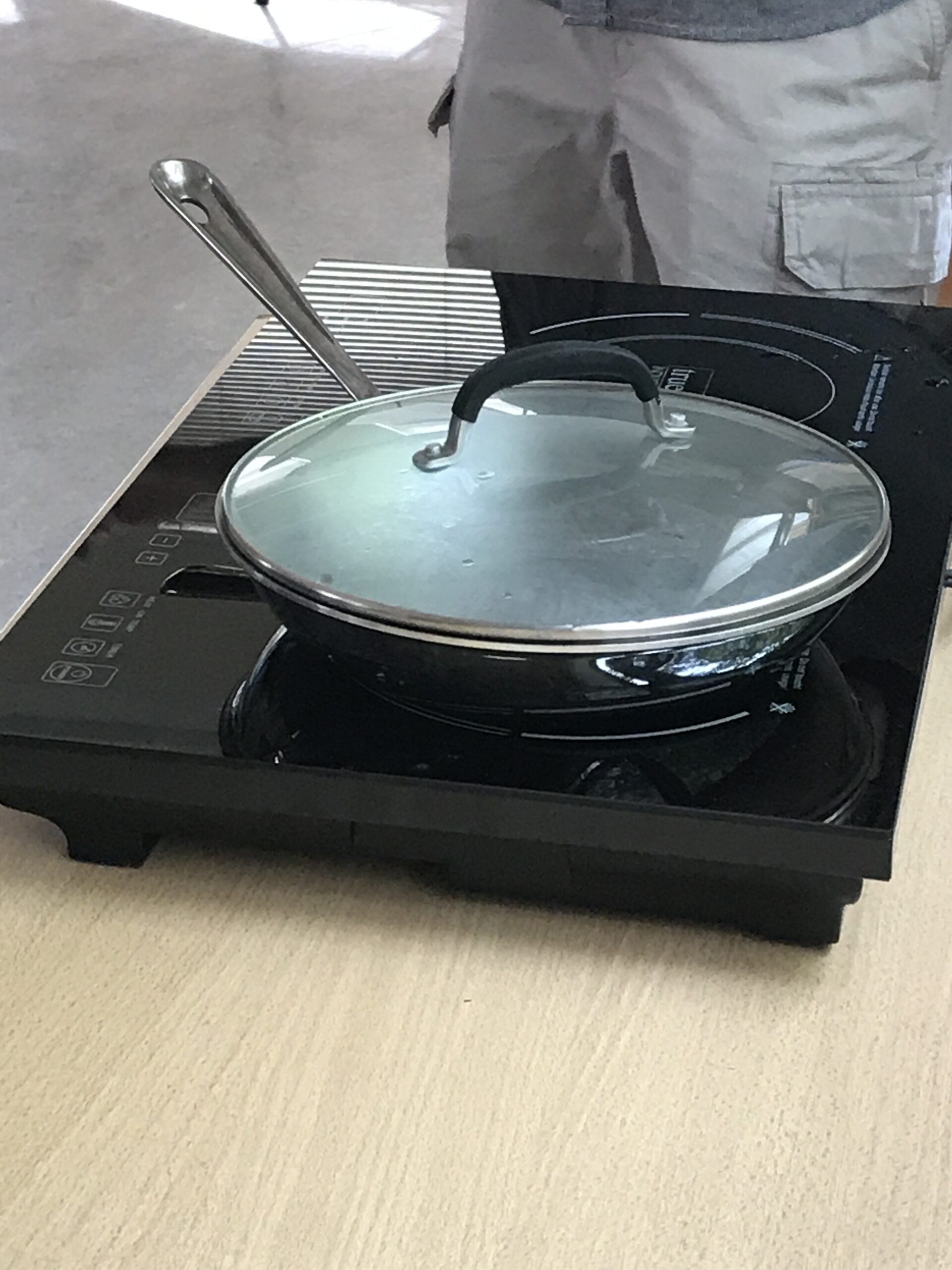Behavioral Interventions for Air Pollution
Why is air pollution a problem?

What can I do to improve my indoor air quality?
We all want to breathe clean air. Aside from making changes to your building—modifying your air handler, installing a kitchen range hood, and so on—there is plenty that you can do on a personal level to reduce your exposure to pollution. Improving air quality can be as simple as changing your family’s behaviors around things like cooking and opening windows. Here are some resources that describe effective behavioral interventions that can make a difference to your indoor air quality.

Hear the Pollards' Story
Joshua and Ashleigh were participants in the Low Cost Monitoring Project, where they learned a lot about how behavior impacts indoor air quality. This video tells their story.

Tips to Reduce Exposure to Cooking Pollutants
This supplement to the ROCIS Range Hood Issue Brief is all about how you can limit your exposure to the pollutants produced by cooking in your home.

Keep a Lid On It
Not only does cooking release odors and moisture into your home, it also pumps the air full of particles. This webinar with Tom Phillips will teach you how to effectively reduce exposure to cooking pollutants and odors.

Channel the Air Flow in Your Kitchen
Check out this tip sheet on channeling the air flow from your stovetop and oven straight into your your range hood.

When Can I Open My Windows?
This presentation helps you think through when might be the appropriate time to open your windows, taking into consideration the pollution levels outside.

Keep a Lid On It
Paying attention to local outdoor air quality can help you reduce your exposure to pollution. Southwestern PA suffers from inversions that can trap pollution close to the ground. When inversions are strong, stay inside and filter your air.

Make Your Own Fan/Filter
Our page on Portable Air Cleaners includes instructions for building your own filtration device with a box fan and a high-MERV filter. Want to build your own?
Modify Your Kitchen Habits
Learn more about all the things that you can do to limit your exposure to the emissions produced when cooking.
